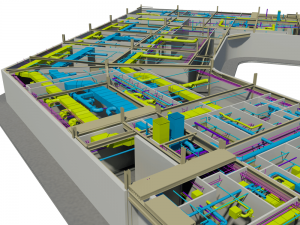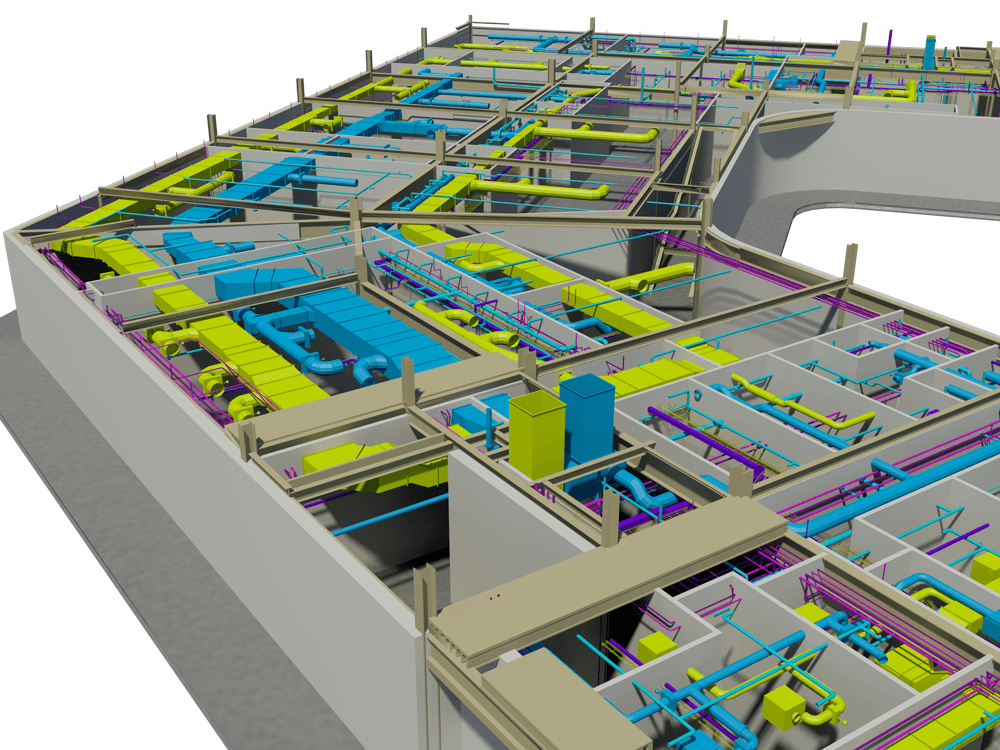How To Give Your Chosen BIM Company The Most Complete Information.
As a BIM Company, we receive many calls on a daily basis from building contractors asking for our help. They are finding themselves in situations where owners are not accepting bids from contractors unless they have Building Information Modelling experience & they just don’t have that skill set.
BIM is widely adopted in the building industry, due mostly to recent Government Legislation, but also because it lowers building risks, eliminates a lot of wastage and ultimately reduces the final building cost. It is still a fairly new concept for most people within the building industry, though, who may panic when it comes bidding for jobs that ask for BIM skills. It is fairly simple, however, to learn enough about BIM processes and procedures to be able to have a conversation with a prospective client giving them the confidence that you will be able to handle the job. You should also gain enough knowledge to be able to request a quote from a BIM company like ourselves and be able to manage all the associated deliverables.
The aim of this article is to give you a brief overview of the main points related to BIM solutions, as you are probably aware it is not a subject that can be learnt overnight. Hiring a BIM provider means working with someone who will be able to provide you with the actual BIM model and who can also represent you before the client on all aspects of the project that relate to BIM. Most clients will only ask for 3D coordination and ‘As-Builts’ which means they want BIM models of the discipline you are building, clash detection, model sign off and extraction of the layout from the final model. Occasionally clients will ask for BIM for FM requirements or Lifecycle Building Information Management. This is a slightly more complicated process which refers to the data the BIM model needs to incorporate during the design and construction phase in order to enable you to hand over a data-rich BIM model.

So, what exactly do you need to know about your clients BIM requirements in order for the project to be successful?
- Firstly, as a contractor, you need to be involved in the entire process, even if you outsource some or all of the BIM work. At the end of the day, you will be the one who is held accountable, and you have the real-world knowledge that will enable the model to be rendered correctly. You need to actively participate in the spatial coordination process as you know how you will install things and your involvement at this stage will enable potential clashes to be resolved before you get to the building stage.
- It is important to remember that BIM is different from CAD despite the overall purpose being the same. The BIM process is very different from the CAD process in that you will not be able to see the drawings straightaway, and BIM is a much more collaborative process than CAD. During BIM coordination, all participants on the project work together incorporating everyone’s criteria so that any issues can be resolved before you get out to the site.
- Having a BIM Manager is essential as this is an important role concerned with gathering the models of all the other disciplines, combining these models into a federated model, running clash detection, and leading the weekly coordination meetings.
- You also need to think about the handover requirement. This can be tricky as each owner is different and requirements can vary from just the 2D As-Built Drawings all the way to demanding a Data-Rich BIM model including full CoBIE delivery.
As you can see BIM is quite a complicated area, so selecting the right BIM company to partner with is vital. To discuss our services and what we can offer you, please give our experienced team a call on 0161 427 0348 or send us an email to office@thecadroom.com

